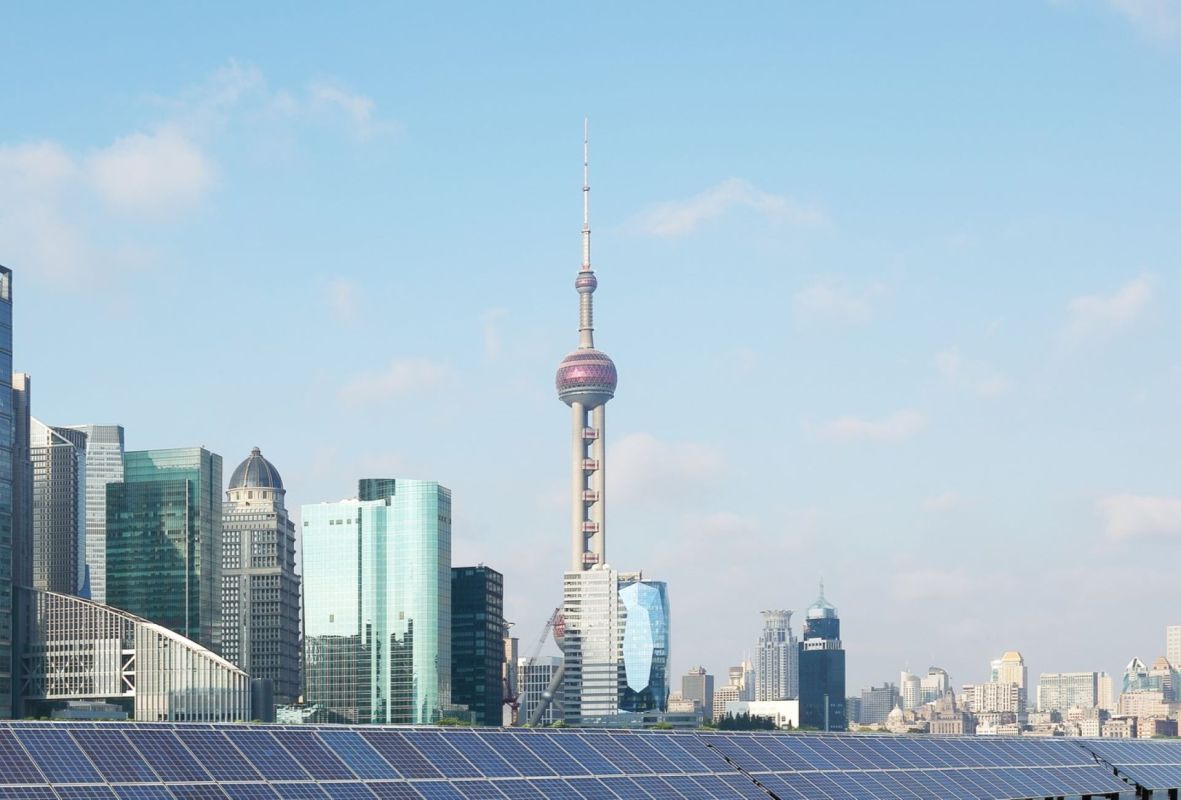China is the largest producer of planet-overheating gases in the world. According to some research, the country accounted for 27% of the world's total air pollution in 2019, and more than tripled its air-polluting gases over the past three decades.
However, there may be cause for some hopefulness, as China's investments in solar energy and electric vehicles (EVs) may be pushing the country toward a "tipping point," where dirty energy usage falls into long-term decline and more sustainable energy sources take over, according to Bloomberg News.
Bloomberg painted a scene of the recent SNEC PV Power Expo in Shanghai, where China's largest automaker, BYD; the world's largest EV battery manufacturer, Contemporary Amperex Technology Co. Ltd.; and thousands of domestic solar companies were all in attendance, signaling massive investment in clean energy.
China is now expected to add nearly three times the solar capacity in 2023 than it did just two years ago, while EVs made up a third of all car sales in the country in April. One expert predicted recently that "half of China's total car fleet could be electric by 2030."
In addition, the country has made major investments in wind energy, including building one wind turbine as tall as a 70-story building.
According to an analysis by Bloomberg, China needs another $38 trillion in clean energy investment to hit net zero by 2050, in accordance with the 2015 Paris Agreement, in which 196 countries agreed on standards and goals to meaningfully address our planet's changing climate.
Though it had not previously seemed like China was on track to meet those goals, per Bloomberg, the country's newly invigorated push into clean energy now leaves the outcome more up in the air.
China currently imports 10.8 million barrels of oil per day, accounting for 19% of the global demand for crude oil. But experts predict that that number will begin to fall sharply, thanks to China's investment in solar and wind energy.
According to Goldman Sachs, "China's progress on renewables should help cut its energy imports by 10% by 2030," and could cut them in half by the early 2040s.
Join our free newsletter for weekly updates on the coolest innovations improving our lives and saving our planet.
TCD Picks » Upway Spotlight















